Many of the schematics I've seen in reference schematics use an the symbol of an inductor as the symbol for a ferrite bead (makes sense).
But I've also seen other variants of it as well. I don't have the IEEE 315 document, but I know that there are somethings that we do in North America that isn't exactly IEEE standards.

Bonus question: Is there a document or source that lists North American standard symbols ?



